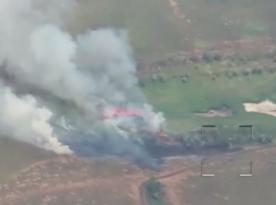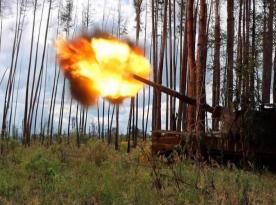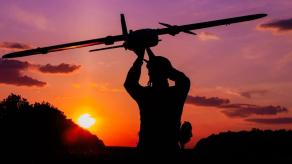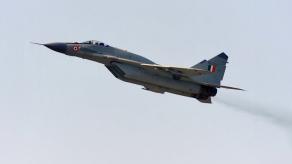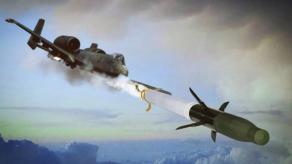The russians are creating secret bases, along with forward arming and refueling points (FARP) for their helicopters, as highlighted by OSINT analyst and retired military officer Tatarigami_UA on his X (formerly Twitter) social media page. They decided to reveal this information after reports that the Security Service of Ukraine had delivered multiple drone strikes on russian forces in the occupied Crimean Peninsula, including a hit on a military heliport.
The expert stressed that, when the Ukrainian Defense Forces were advancing toward Kherson city, the russian command decided to redeploy its helicopters from the Chaplynka airbase. The Arabat Spit in Crimea was chosen as the new base for their attack helicopters.
Read more: Reachable Yet Unharmed: russia's Keeping Helicopters Close to Frontline Knowing ATACMS Strike Won't Come
A satellite image from May 20, 2023, reveals 20 improvised helipads on the territory of the Volna recreation center, with 10 of them hosting various helicopters, including Mi-8, Mi-24, Ka-52, and probably Mi-28.
Notably, there was no such improvised air base in satellite images from 2021. The construction of helipads began around October 2022, coinciding with the urgent need to relocate russian helicopters.
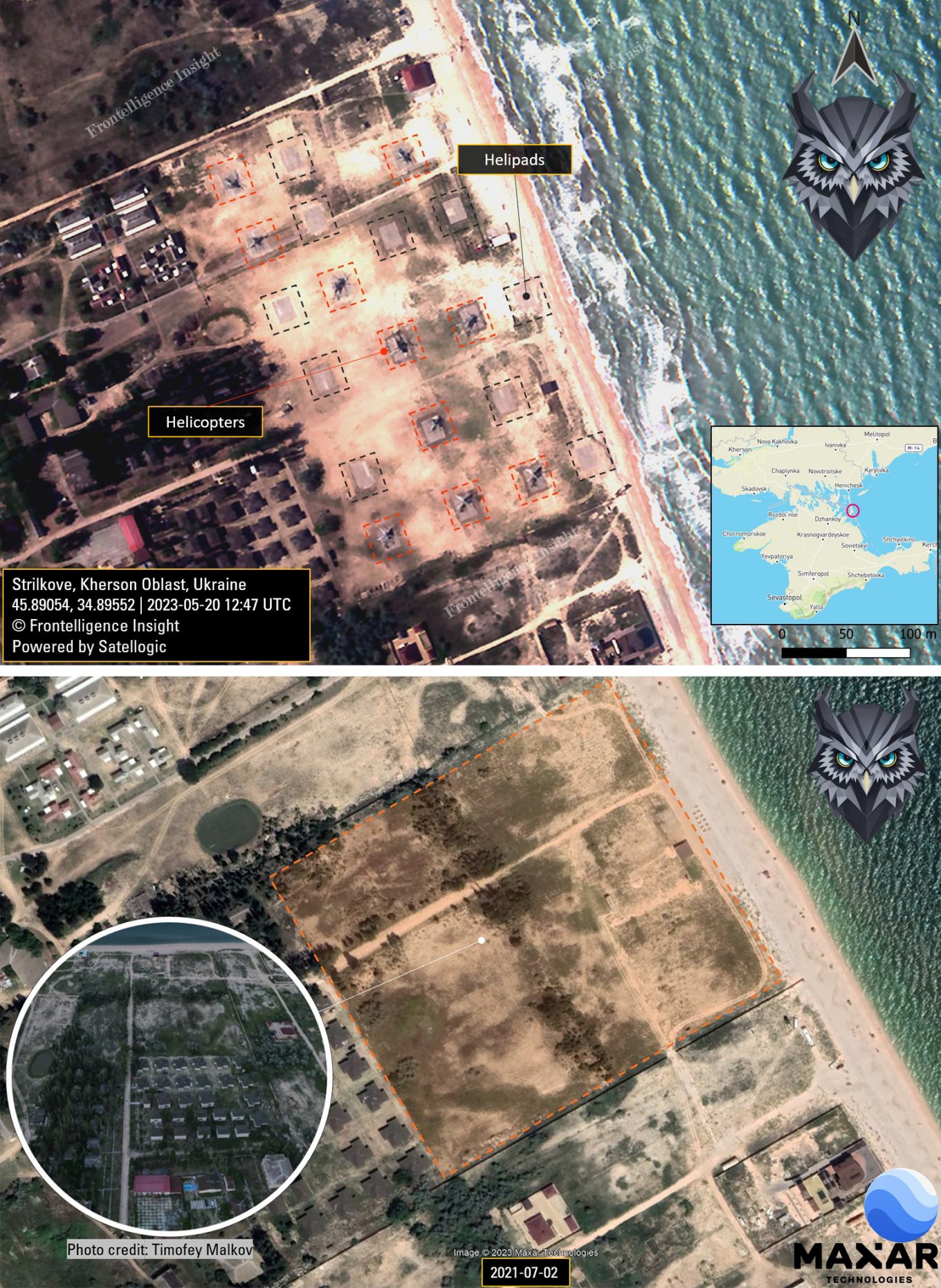
This example underscores the adaptability of the russian forces to modern threats. For instance, when in 2022 Ukraine acquired GMLRS missiles and launched a series of successful strikes at targets within a suddenly increased 80 km reaching distance, the russian army withdrew some of the vulnerable targets such as ammunition depots and logistic hubs, etc.
It also proves the importance of having a diverse range of long-range weapons with various warheads in one's arsenal. This way, the payload can be tailored to the specific task and type of target for maximum efficiency.
Here we can recall just how effective an ATACMS with a cluster warhead was against russian helicopters during the October 17th strike on a russian airfield near occupied Luhansk.

Read more: What Happens to a russian Helicopter After a Hit by ATACMS (Photo)






